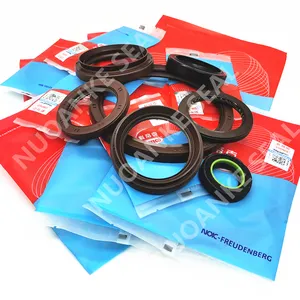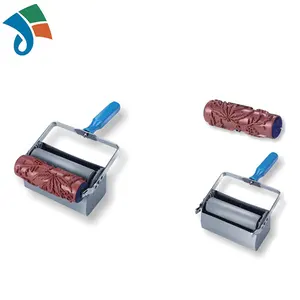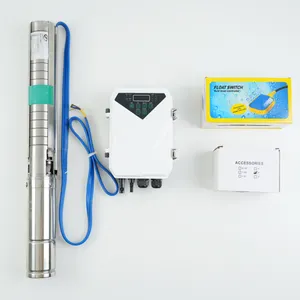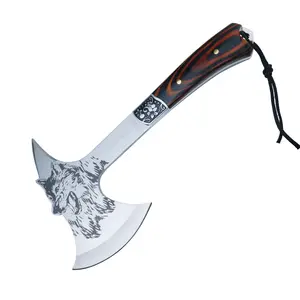Popular in your industry







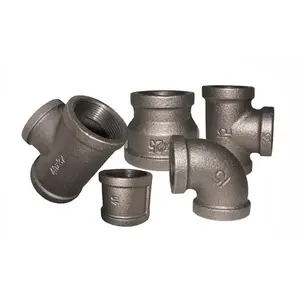





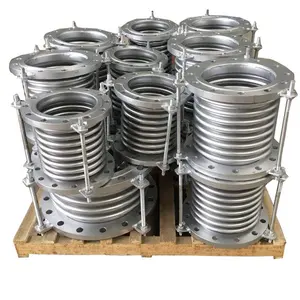






























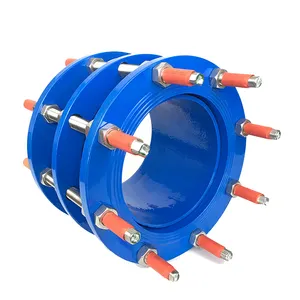






























































































































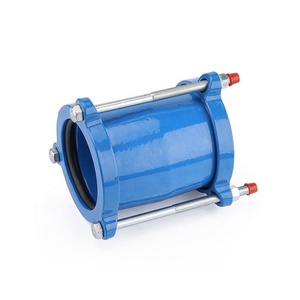


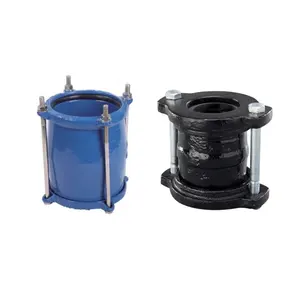






















Top categories
About iron joints
Understanding Iron Joints in Piping Systems
Iron joints are integral components of piping systems, serving as crucial connectors that ensure the integrity and functionality of the network. These joints come in various forms, including cast iron pipe joint types and ductile iron mechanical joints, each designed to cater to specific requirements and applications. The selection of iron joints is determined by factors such as the type of fluid being conveyed, the environmental conditions, and the mechanical demands of the system.
Types and Applications of Iron Joints
The di pipe joint is commonly employed in both underground and above-ground installations due to its durability and strength. For more demanding situations, the ductile iron pipe mechanical joint offers flexibility and a higher resistance to pressure changes and external forces. In contrast, restrained ductile iron pipe systems are used where joint separation is a concern, providing a secure and non-displaceable connection. Applications of these joints extend from commercial to residential plumbing, industrial fluid transport, and municipal water systems.
Features and Advantages of Iron Pipe Joints
Iron joints, such as the cast iron 90 degree elbow, provide not only a change in direction but also the durability needed in a plumbing system. The di pipe mechanical joint is known for its ease of assembly and maintenance, making it a practical choice for various installations. Features like the ebaa megalug enhance the connection security between pipes, ensuring a tight seal and preventing leaks. The inherent strength of iron joints contributes to their longevity and reliability, making them a staple in long-lasting pipe systems.
Materials and Construction of Iron Joints
The construction of iron joints involves materials that are selected based on their mechanical properties and compatibility with the conveyed fluids. Cast iron joint options are favored for their robustness and resistance to wear, while ductile iron pipe joint types offer versatility and superior tensile strength. The material composition also dictates the joint's resistance to corrosion and its ability to withstand various temperature ranges and chemical exposures.
Considerations for Iron Joint Selection
When selecting an iron joint for a piping system, it is essential to consider the specific requirements of the application. The di pipe restrained joint is particularly useful in areas with high ground movement or where thrust forces are present. For non-pressurized systems or where ease of access is necessary, the cast iron pipe joint can be an excellent choice. It is crucial to evaluate the compatibility of the joint with the pipe material and the fluid type to ensure optimal performance and safety.
Conclusion
In conclusion, iron joints are a fundamental aspect of any piping system, providing the necessary connections and ensuring the safe transport of fluids. With a variety of types like the ductile iron mechanical joint and the di mechanical joint, these components are designed to meet the diverse needs of different applications. While selecting the appropriate iron joint, it is important to consider the specific conditions and requirements of the system to ensure a reliable and efficient setup.

